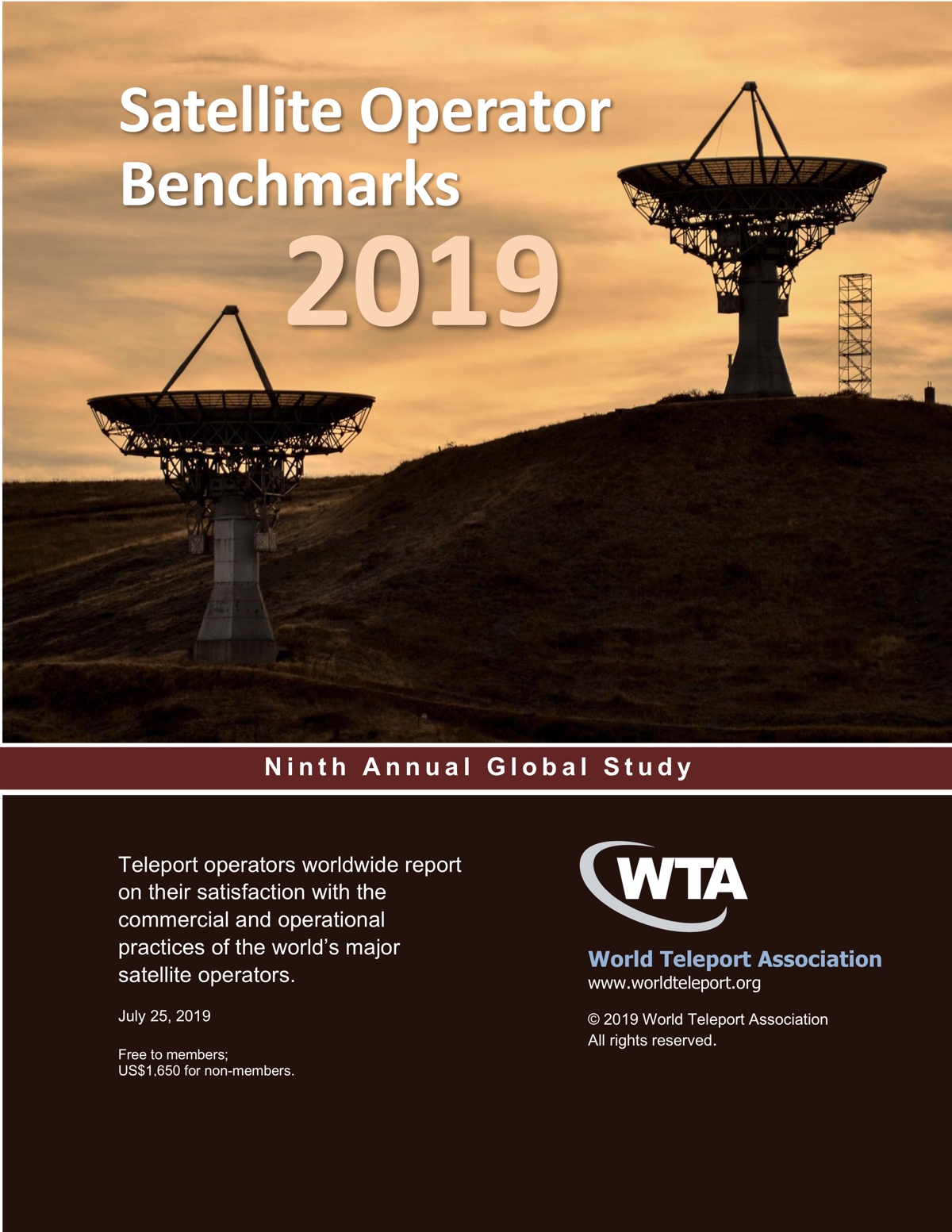Long, long ago, when commercial teleport companies were a new thing, they had a terrific business model that offered access to the satellite network. They leased transponder capacity long-term, sliced and diced it up and served it out to customers – initially for broadcast TV and then for a gradually expanding set of applications from corporate data networks to the internet. Margins were good and the market was in growth mode.
 Gradually, however, as the commercial teleport model spread, the margins available from uplinking and downlinking shrank. To compensate, operators began bundling higher value services into their offering: post-production and titling for video, network management and field service for data and voice. As the years rolled by, the list of value-added services grew and grew until teleports became data centers with dishes, providing sophisticated managed services to their customers.
Gradually, however, as the commercial teleport model spread, the margins available from uplinking and downlinking shrank. To compensate, operators began bundling higher value services into their offering: post-production and titling for video, network management and field service for data and voice. As the years rolled by, the list of value-added services grew and grew until teleports became data centers with dishes, providing sophisticated managed services to their customers.
Let Me Speak to the Management
Where teleport operators pioneered, their satellite partners/vendors/competitors are now following. That’s the conclusion of WTA’s 2019 edition of Satellite Operator Benchmarks, the annual report that evaluates what teleport operators think of the commercial and operational performance of the companies they buy satellite capacity from.
The path that the major satellite operators are taking is precisely the same as their teleport customers walked in the past. Prices for transponder capacity are falling, driven by fast growth in supply and anticipation of much more to come. That’s good news in many ways: a recent trade magazine article reported on the opportunities created by falling prices for the satellite industry to substantially boost its penetration of mobile cellular backhaul. It turns out that when transmission costs fall below $200 per MHz, it’s cheaper to connect base stations by satellite, at least outside the urban core. With 2/3 of the world still not even on 4G, there’s big potential there if the industry can seize it.
But falling prices have another effect: they are driving all of the top satellite operators to pursue managed services contracts that mix satellites, teleports, fiber, cloud and management services into a single bundle. The commercial logic is just as clear for them as it was for teleport operators long ago. It represents another big transition for the business model of teleport operators everywhere.
Signs of the Times
The results of our annual survey make the trend clear. Five of nine satellite operators covered in the report were cited for competing directly for managed services business significantly more often in 2019 than in 2015. Because that competition focused on managed services, teleport operators viewed it as increasingly unfair – the ratings in this area were the most negative in the nine years of the study.
Fairness, of course, is in the eye of the beholder. If a teleport operator competes against a satellite operator for every managed service contract, the outcome is easy to predict. Scratch one teleport operator, because the satellite operator controls the most expensive part of the circuit. That is a bad outcome not just for the teleport owner but for the satellite operator as well. The global teleport sector provides satellite operators with a massive ground network for which they do not pay either the capital or operating costs. That’s an asset too precious to see it disappear.
In fact, that’s not what will happen. What is already happening is evolution.
Teleports of the Future
Teleports are increasingly becoming vital parts of networks much bigger than they manage themselves. They offer prime real estate (location, location, location) with high-quality and redundant transmission and processing infrastructure. Perhaps most important of all, they offer outsourced expertise in the challenging art of optimizing multiple forms of transmission and data technologies to meet customer needs. Their business is not running facilities or trading in capacity; it is in delivering complex, high-quality services that meet the specialized needs of market niches they thoroughly understand.
On top of that, they are resale channels for GEO, MEO and, soon enough, LEO capacity as well as terrestrial transport. New generations of satellites operating in high frequencies and with optical connections will turn to commercial teleports for service. So will earth observation, which needs to move terabytes of data to the ground and wants to have processing take place as close to the satellite as possible.
The teleport of the future will be different in many ways. More automated, more open to multiple networks, and more deeply partnered with larger service providers, from satellite operators to telephone carriers and data service firms including cloud providers and content distribution networks. It will become increasingly unclear where their networks end and their customers’ and partners’ networks begin. But the growth potential will be large.
In a stroke of poetic justice, teleports will also buy less satellite capacity. Our 2019 Benchmarks study revealed that teleport operators are buying capacity in lower volumes for shorter durations, with the strongest growth in annual commitments of less than 100 MHz. As a result, the average price they are paying for that capacity rose 60% year over year. Not good news for them, but an appropriate response to a riskier market where customers have short time horizons and key vendors are powerful competitors as well.
The Satellite Operator Benchmarks report is available for free to members and for sale to non-members at https://www.worldteleport.org/store/ViewProduct.aspx?id=14481189
-------------------------------------
 Robert Bell is Executive Director of the World Teleport Association, which represents the world’s most innovative teleport operators, carriers and technology providers in 46 nations. He can be reached at rbell@worldteleport.org Managing VSAT Networks for Optimum Performance it is free for employees of member companies and available on a paid basis to all others at the WTA website at: www.worldteleport.org.
Robert Bell is Executive Director of the World Teleport Association, which represents the world’s most innovative teleport operators, carriers and technology providers in 46 nations. He can be reached at rbell@worldteleport.org Managing VSAT Networks for Optimum Performance it is free for employees of member companies and available on a paid basis to all others at the WTA website at: www.worldteleport.org.





